Franklin is a long, thin town, running alongside the Huon River. Population about 300. (Compared to 3400 in 1891 census.)
The tourist information board says:
Franklin became a busy river port and the cultural and commercial centre of the region. Franklin’s foreshore was reclaimed in 1922 to provide housing and recreation facilities in anticipation of greater population growth and ambitions that Franklin would become the third town of importance in Tasmania, after Hobart and Launceston. However, the replacement of river transport by roads led to Franklin’s relative decline especially in the second half of the 20th century. The River was no long the road.
Most of the buildings are on the inland (western) side of the highway.
On the eastern side of the road is the river, sports grounds, jetties and the Wooden Boat Centre.
This is Frank’s Cider Bar & Cafe inc. Jane Franklin Memorial Museum & Gallery, with the old Anglican church in the background.
View from church on a smoky morning.
Inside, as well as the expected cafe features, there is a historical display.
Prices Creek runs through here.
The left side says:
“A trip to Franklin was the highlight of our existence. It was a big bustling town and Friday night shopping was a marvellous treat. It was a blaze of light…”
Jim Skinner’s words in 1987 recall 1920s Franklin – the blaze of light generated by a small hydro plant on Prices Creek. In 1929 the newly formed Hydro Electric Commission took over.
The Creek was part of a 1,280 acre Crown Land grant in 1896 to John Giles Price. Price was a proud and strict man who preferred a dictatorial system to a free society.
Price befriend liberal-minded Lieutenant Governor Sir John Franklin. His wife, Lady Jane Franklin, purchased half of Price’s land and in the 1840s subdivided the area that was to grow into the town of Franklin and become the first civic centre of the Huon Valley. In 1857, convicts murdered Price notorious Muster Master of convicts in Hobart and inhumane Commandant on Norfolk Island.
In 1929, local government moved to Huonville, and Franklin’s commercial, civic and sporting life declined as road transport replaced river transport.
A bank, a hospital and now an antique shop.
The houses reflect the early 20th growth.
Football ground.
This house looks like it should have a plaque nearby saying who lived there.
Organic shop, opening soon.
Former Palais Theatre now Franklin Collective selling fruit, artwork and interesting things.
Palais from the side.
Looking back.
This was a bank, built in the 1920s. More recently a navy museum.
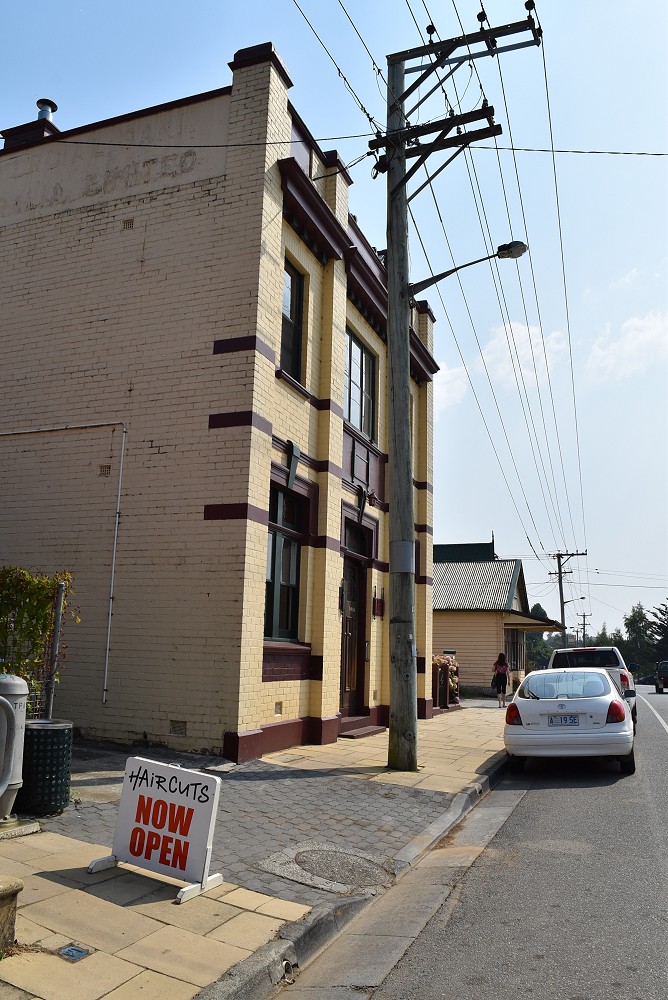
Hairdressers & post office.
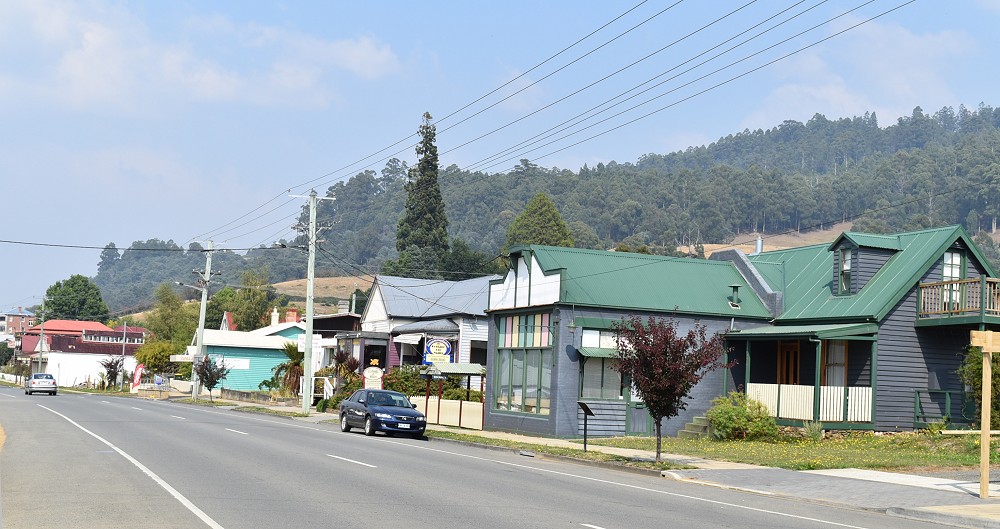
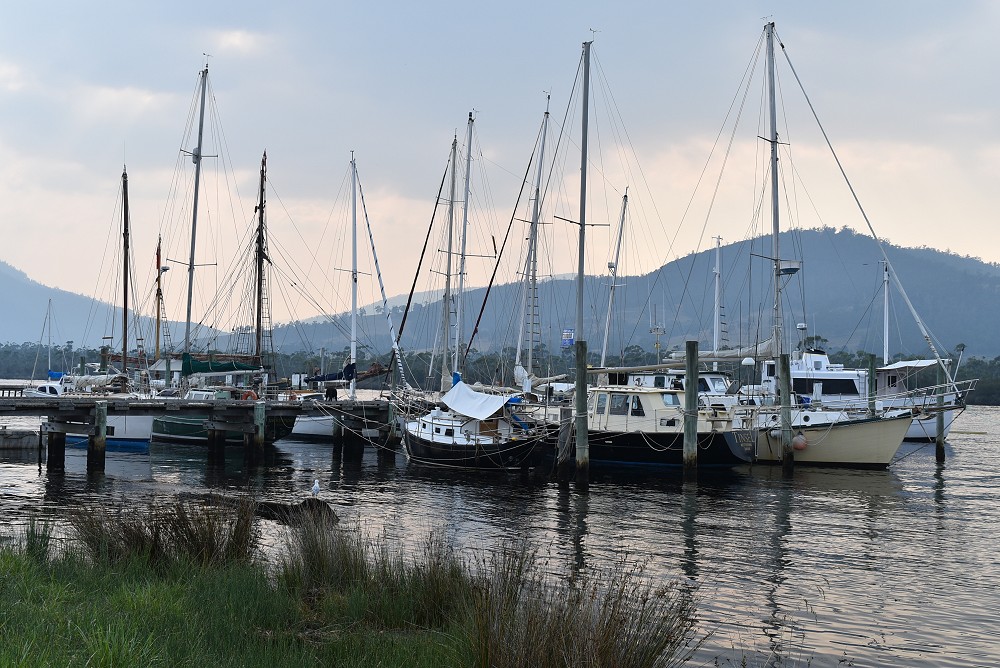
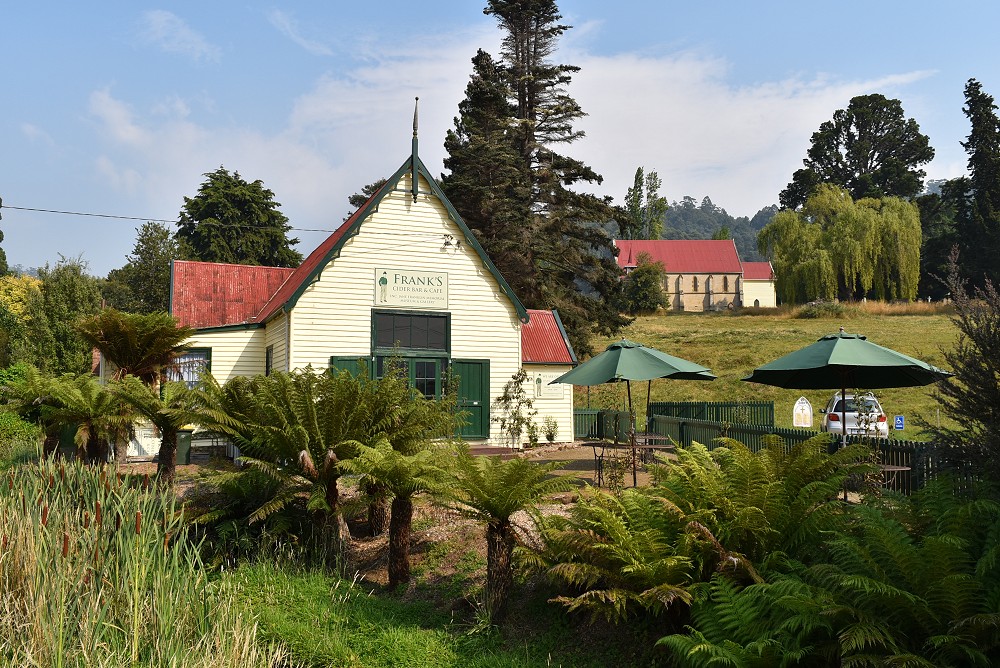
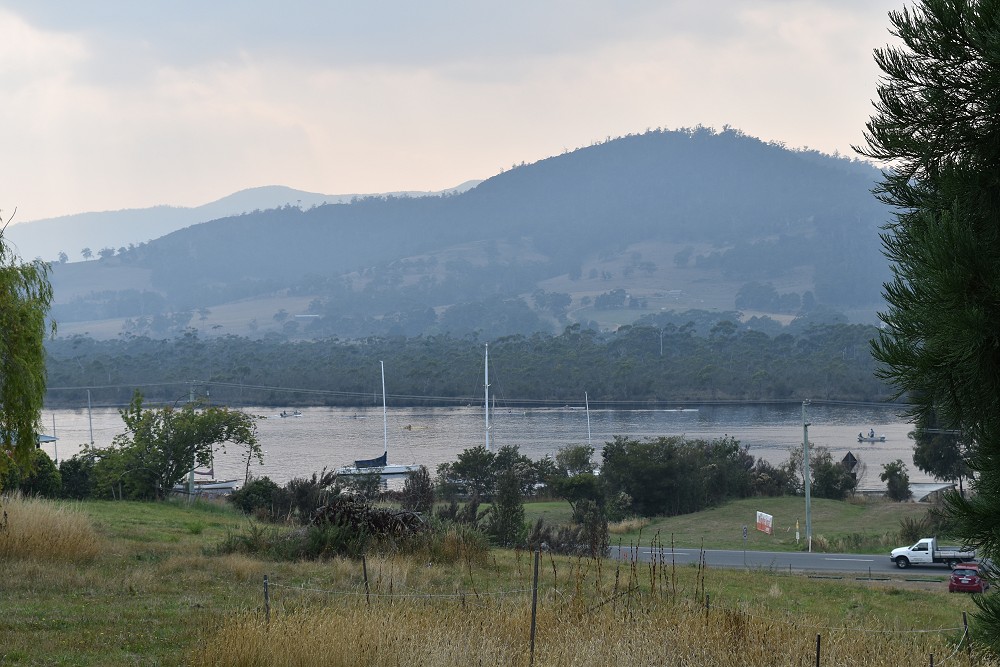
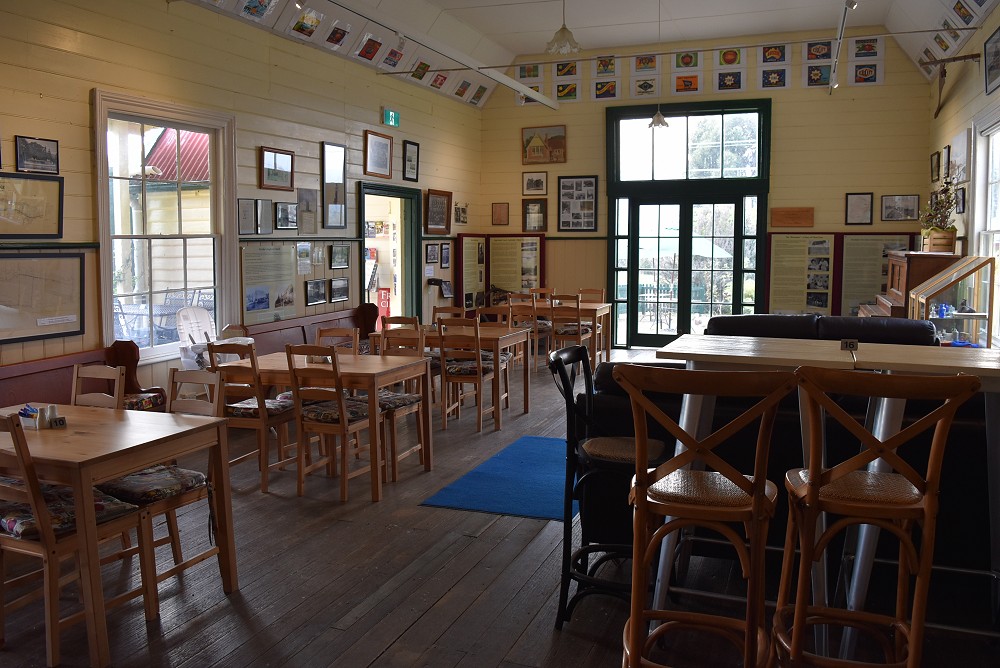
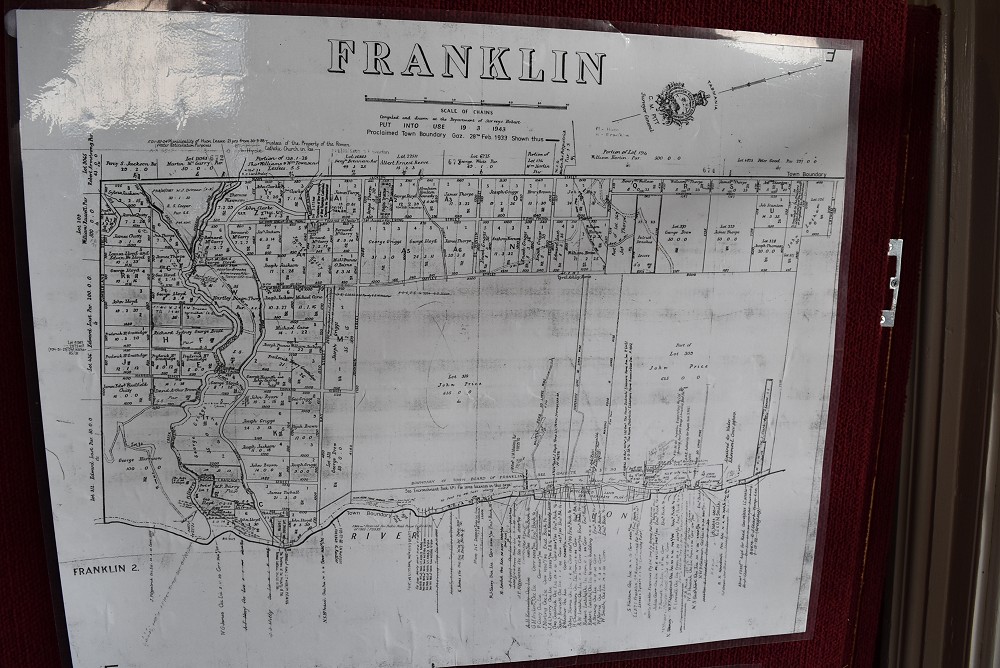
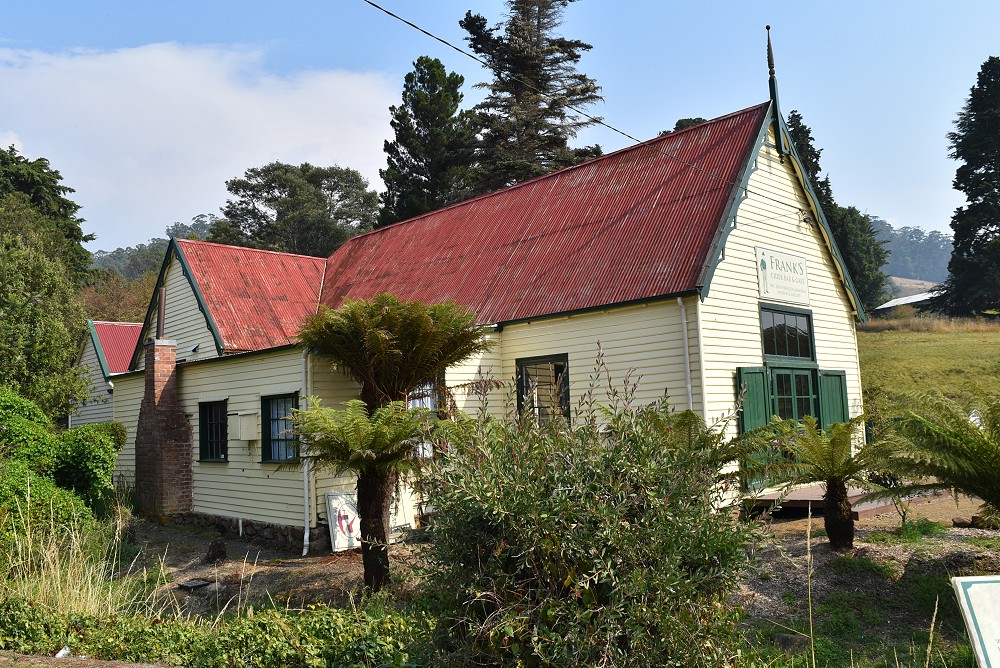
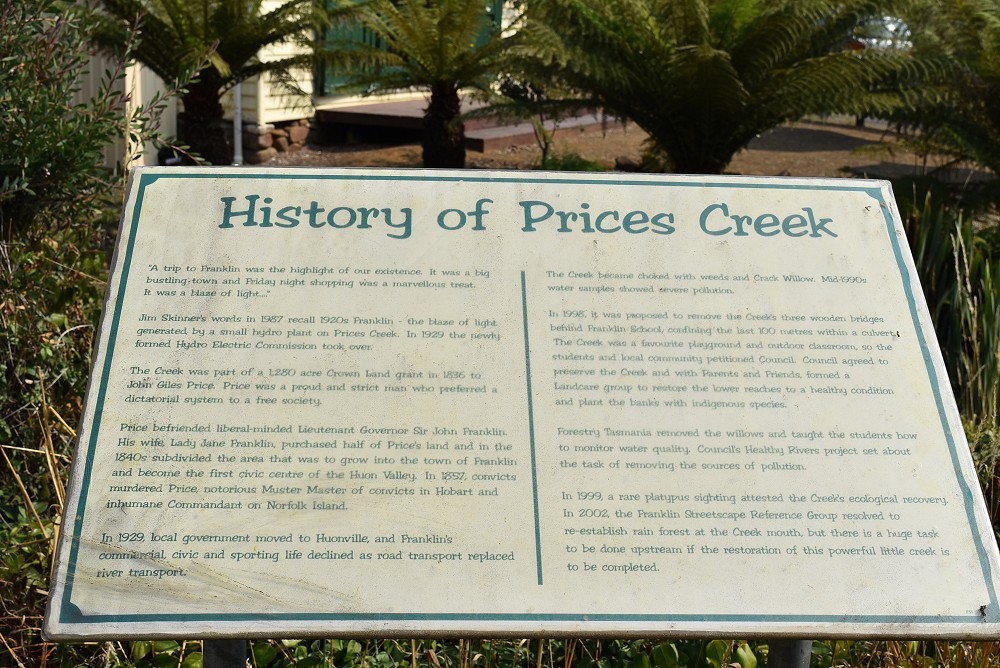

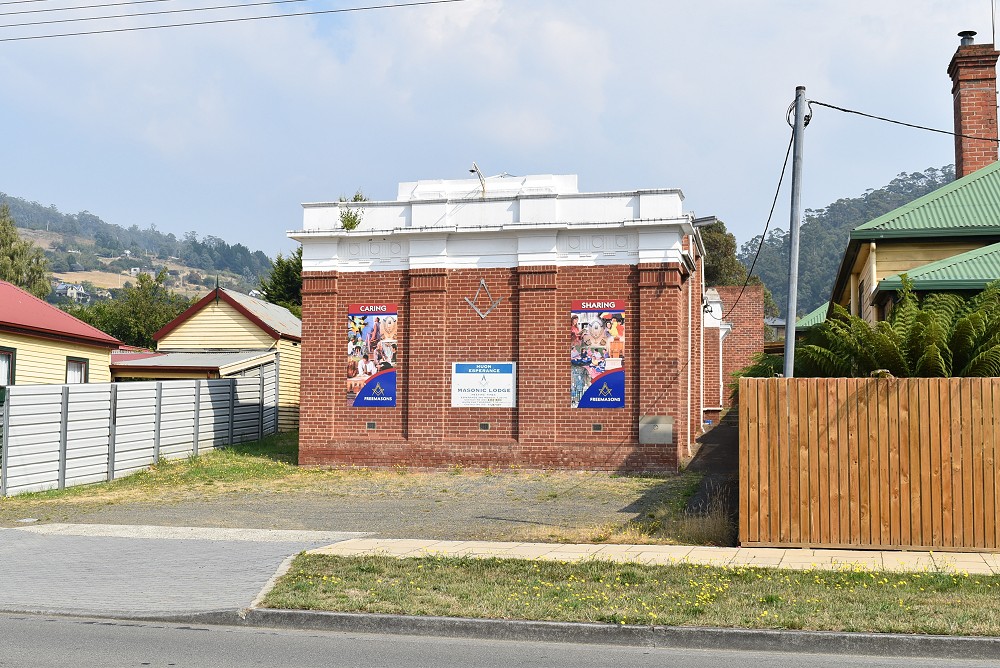

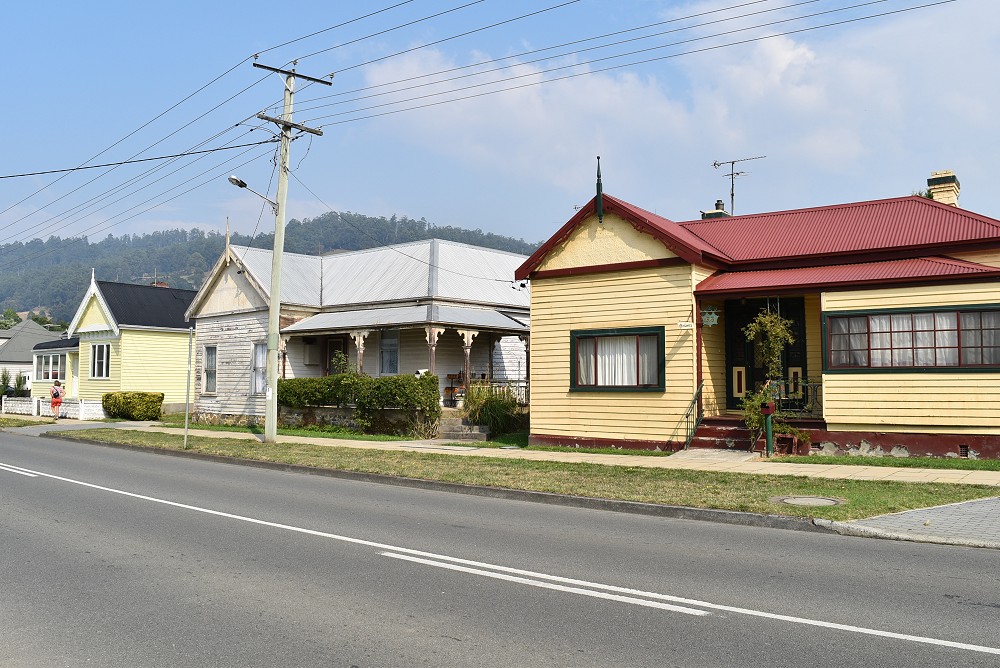
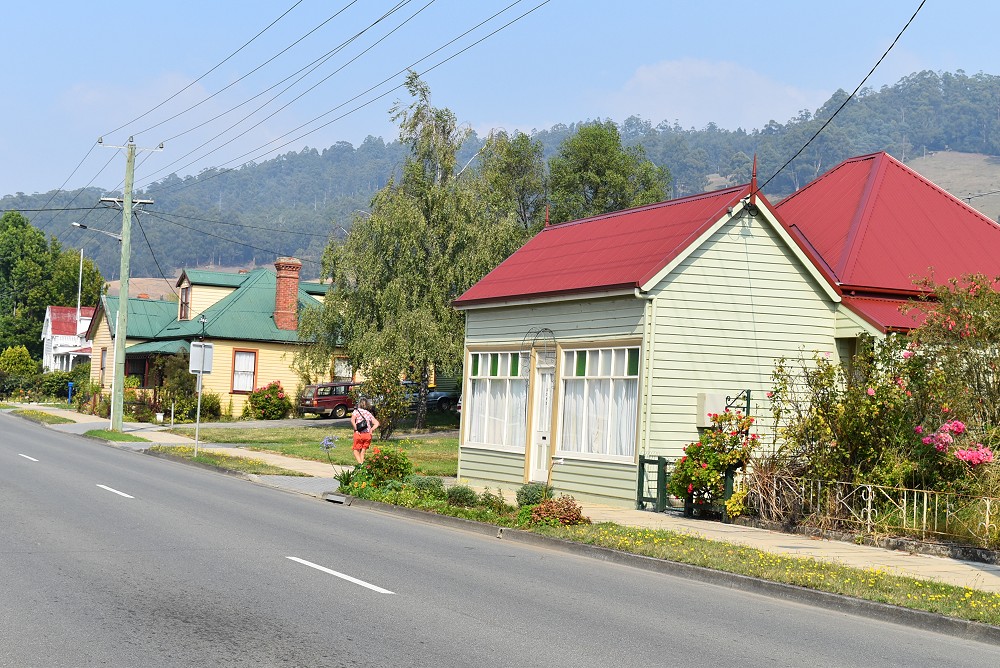

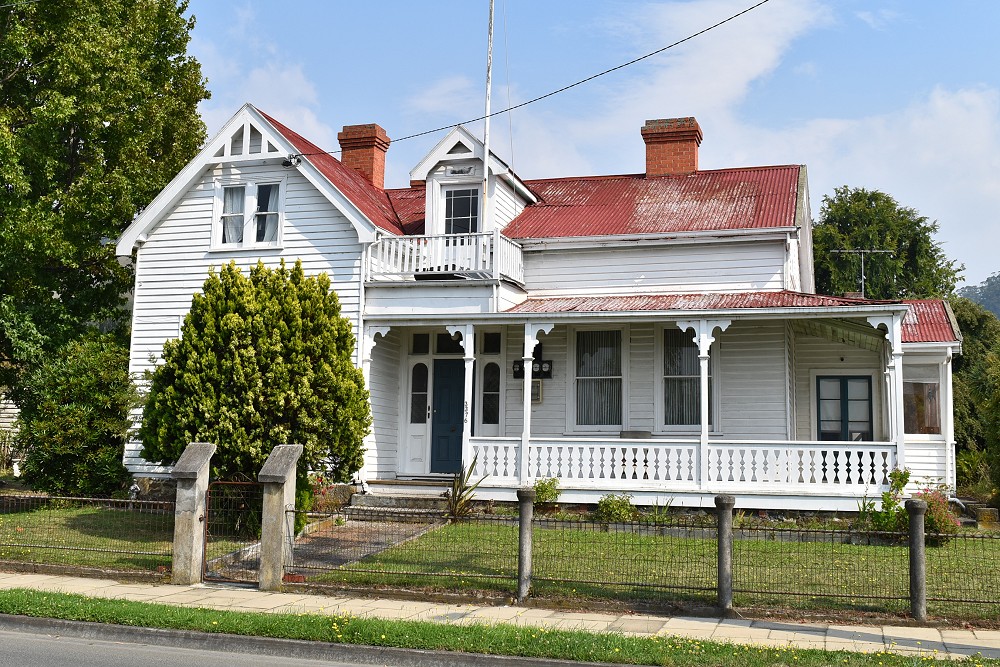
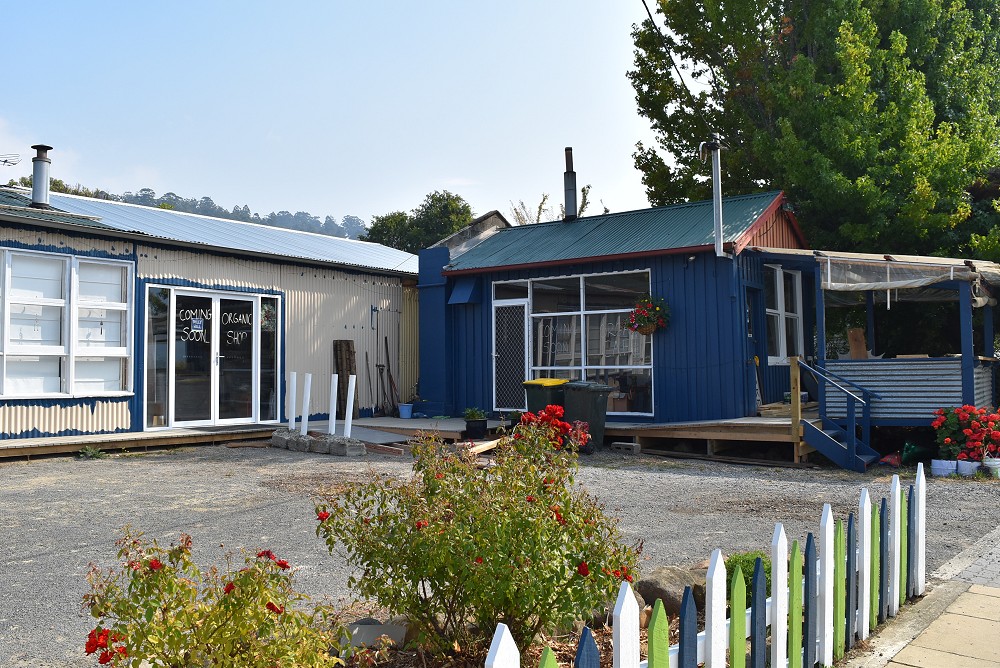
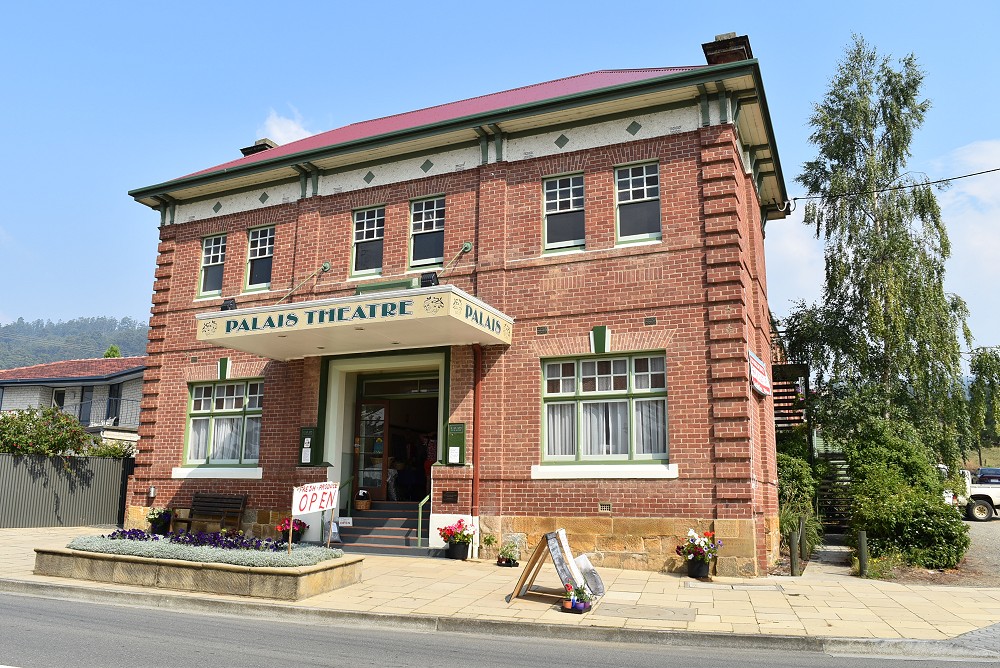
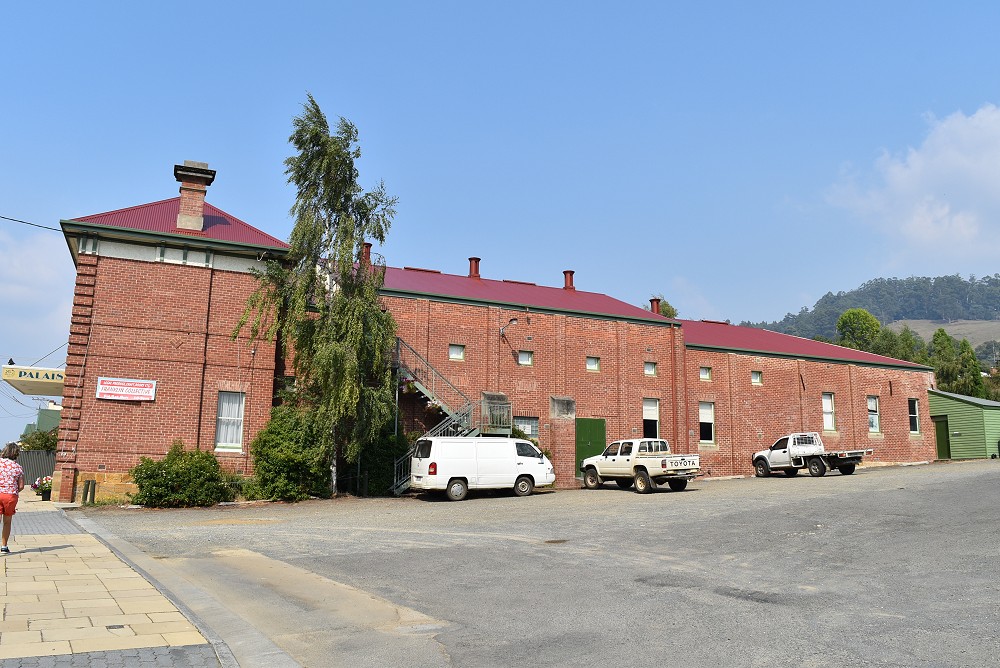
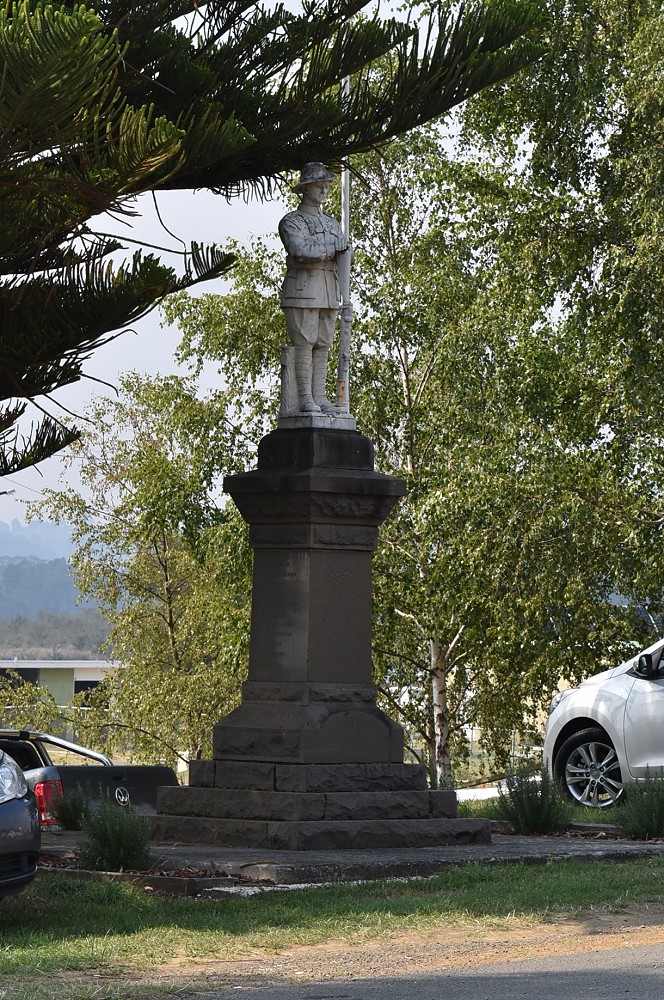
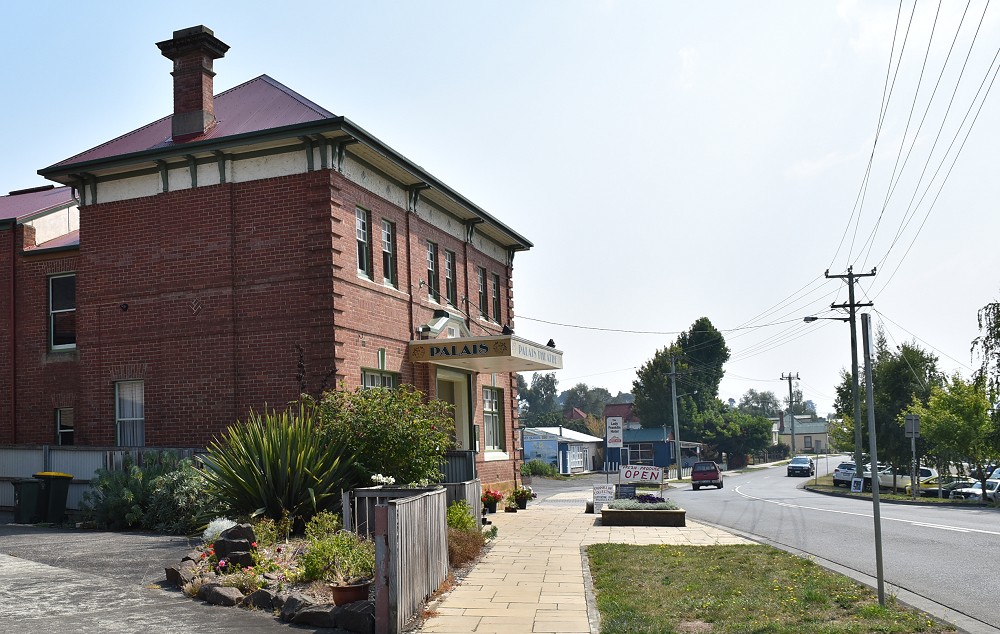

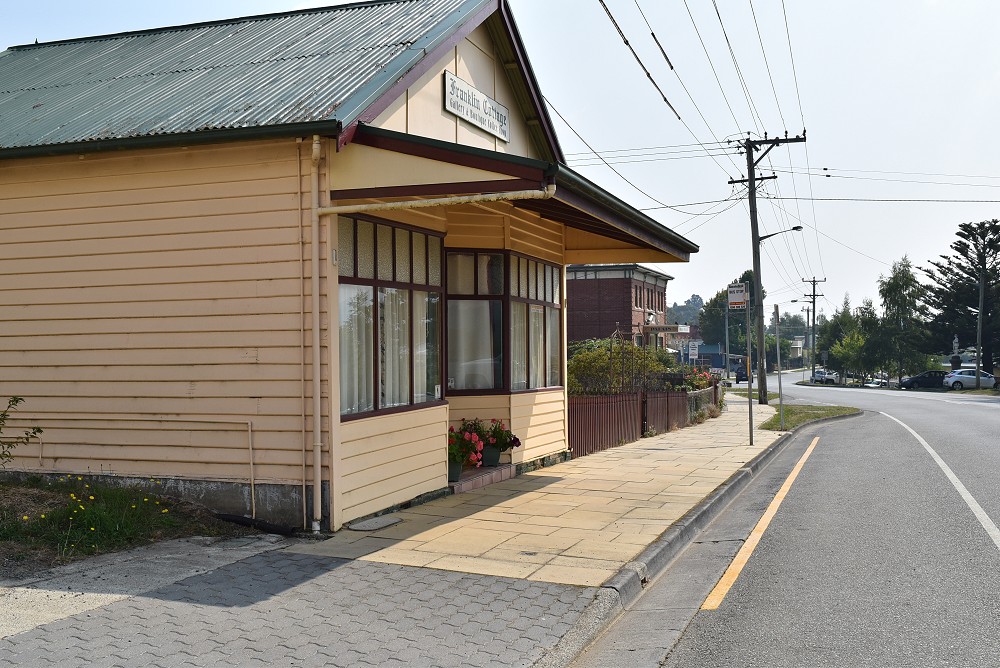
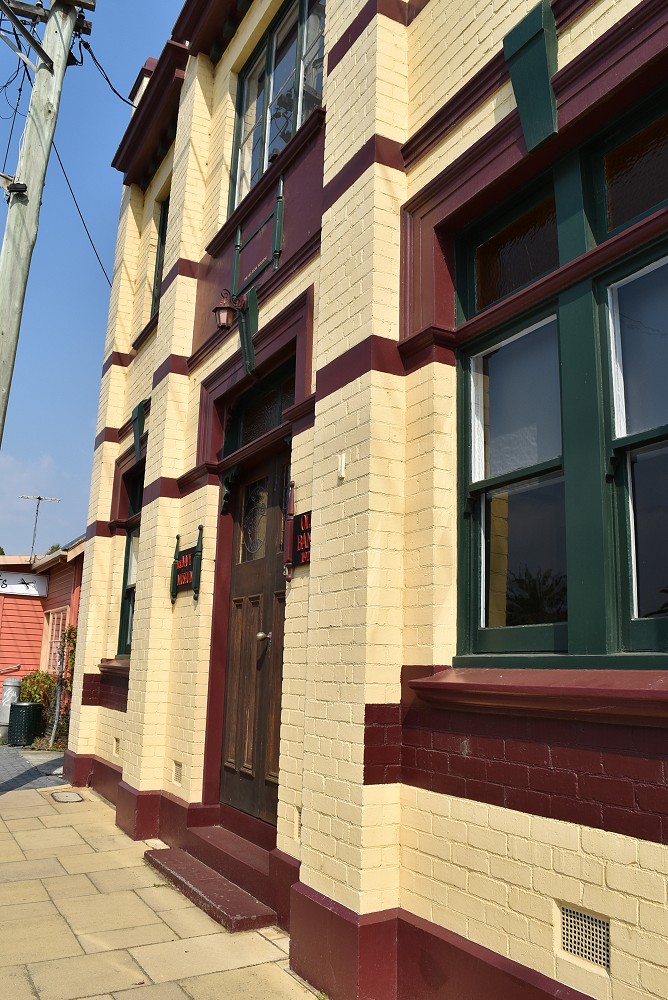
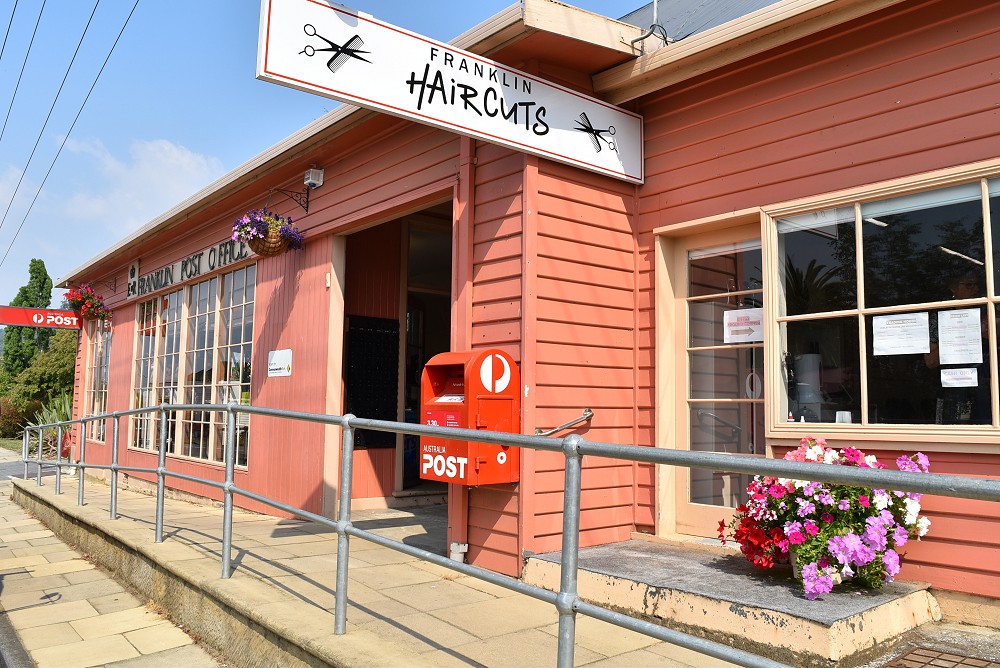
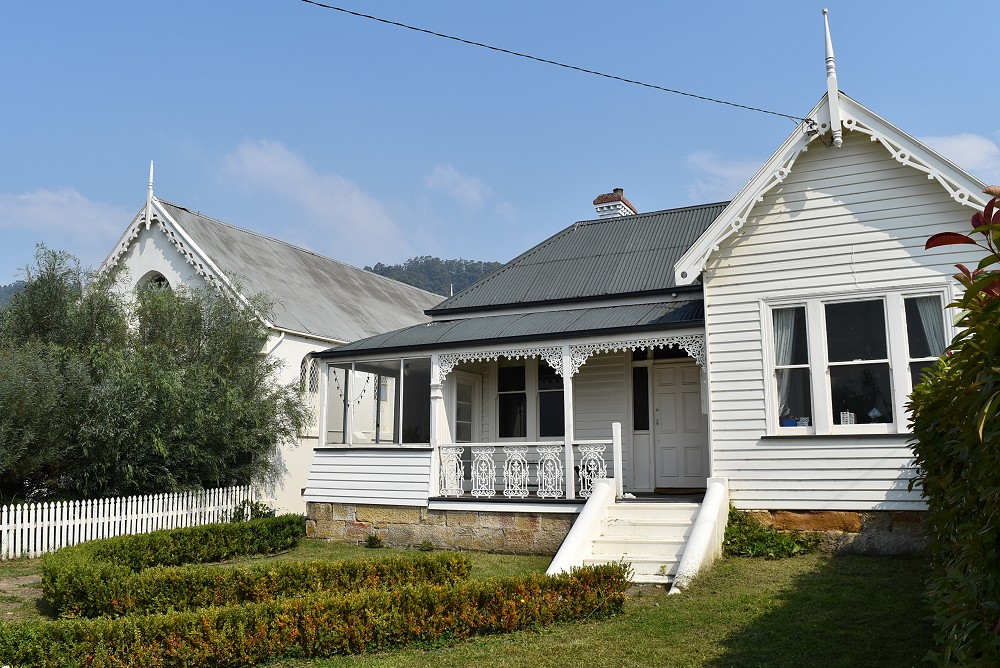

You must log in to post a comment.